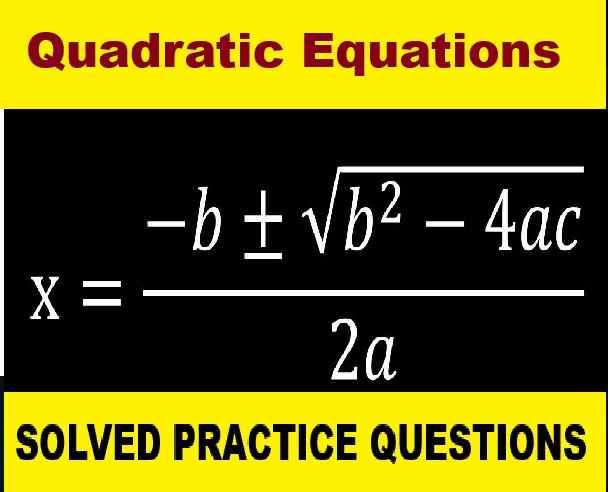Chemical Changes and Reactions Exe-2C Short Answer Chemistry Class-9 ICSE Selina Publishers Solutions Chapter-2. Step By Step ICSE Selina Concise Solutions of Chapter-2 Chemical Changes and Reactions with All Exercise including MCQs, Very Short Answer Type, Short Answer Type, Long Answer Type, Numerical and Structured/Application Questions Solved . Visit official Website CISCE for detail information about ICSE Board Class-9.
Chemical Changes and Reactions Exe-2C Short Answer Chemistry Class-9 ICSE Concise Selina Publishers
| Board | ICSE |
| Publications | Selina Publication |
| Subject | Chemistry |
| Class | 9th |
| Chapter-2 | Chemical Changes and Reactions |
| Book Name | Concise |
| Topics | Solution of Exercise – (2C) Short Answer Type |
| Academic Session | 2023-2024 |
C. Exercise – (2C) Short Answer Type
Chemical Changes and Reactions Class-9 Chemistry Concise Solutions
Page 33
Question 1.
Define:
(a) Photochemical reaction
(b) Electrochemical reaction
Give one example in each case.
Answer:
(a) It is a reaction which occurs with absorption of light energy.
Example: Photosynthesis
(b) It is a reaction which occurs with absorption of electrical energy.
Example: Acidulated water breaks into hydrogen and oxygen.
C. Exercise – (2C) Short Answer Type
Chemical Changes and Reactions Class-9 Chemistry Concise Solutions
Page 34
Question 2.
Give an example of a reaction where the following are involved
(a) Evolution of heat
(b) Absorption of heat
(c) High pressure is required
Answer:
(a) C + O2 → CO2 + Heat
(b) C + 2S → CS2
(c) N2 + 3H2→ 2NH3
Question 3.
Why does the blue colour of copper sulphate solution fade on adding iron fillings ?
Answer:
Blue colour of copper sulphate fades away as iron displaces copper from copper sulphate solution as iron is more reactive than copper.
Question 4.
Give an example of:
(a) Single displacement reaction
(b) Double displacement reaction
(c) Photochemical reaction
(d) Thermal decomposition reaction
(e) Electrolytic decomposition reaction
(f) Combination reaction between two compounds ?
Answer:
(a) Single displacement reaction
CuSO4 + Zn ⟶ Cu + ZnSO4
(b) Double displacement reaction
BaCl2 (aq) + H2SO4 (aq) ⟶ BaSO4 (s) + 2HCl (aq)
(c) Photochemical reaction
2AgNO3 →sunlight 2Ag + 2NO2 ↑ + O2 ↑
(d) Thermal decomposition reaction
2HgO (s) →Δ 2Hg (l) + O2 (g)
(e) Electrolytic decomposition reaction
2H2O current → electric 2H2 + O2 ↑
(f) Combination reaction between two compounds ?
NH3 + HCl ⟶ NH4Cl
Question 5.
What do you understand by ‘chemical reaction’?
Answer:
A chemical reaction is the process of breaking the chemical bonds of the reacting substances (reactants) and making new bonds to form new substances (products).
A chemical change or chemical reaction occurs when particles collide. Collisions occur when reactants are in close contact or by supply of energy.
Question 6.
Give an example of each of the following chemical changes.
(a) A reaction involving
(i) Change of state
(ii) Formation of precipitate
(b) An exothermic and an endothermic reaction involving carbon as one of the reactants.
(c) A reaction where colour change is noticed.
Answer:
(a) (i) Change of state
Ammonia gas reacts with HCl gas to give solid ammonium chloride.
NH3 (g) + HCl(g) ⇋ NH4Cl(s)
(ii) Formation of precipitate
When a Answe rof silver nitrate is added to a Answer of sodium chloride, a white insoluble substance, silver chloride, is formed.
AgNO3 (aq) + NaCl (aq) → AgCl (aq) + NaNO3 (aq)
(b) Exothermic reaction:
When carbon burns in oxygen to form carbon dioxide, a lot of heat is produced.
C + O2 → CO2 + Heat
Endothermic reaction:
When carbon is heated with sulphur at high temperature, liquid carbon disulphide is formed.
C + 2S CS2
(c) Colour change
A few pieces of iron are added into a blue coloured copper sulphate solution; the blue colour of copper sulphate fades and eventually turns into light green due to the formation of ferrous sulphate.
Fe + CuSO4 → FeSO4 + Cu
Question 7.
What is a chemical change? Give two examples of chemical change?
Answer:
A chemical change is a permanent change in which the chemical composition of a substance is changed and a new substance is formed.
Examples:
Heating of copper carbonate
Formation of curd from milk
Question 8.
Define exothermic and endothermic changes. Give two examples in each case.
Answer :
Exothermic reaction:
A chemical reaction in which heat is given out is called an exothermic reaction.
Example:
When carbon burns in oxygen to form carbon dioxide, a lot of heat is produced.
C + O2 → CO2 + Heat
When hydrogen is burnt in oxygen, water is formed and heat is released.
2H2 + O2 2H2O + Heat
Endothermic reaction:
A reaction in which heat is absorbed is called endothermic reaction.
Example:
When carbon is heated with sulphur at high temperature, liquid carbon disulphide is formed.
C + 2S CS2
When nitrogen and oxygen are heated together to a temperature of about 3000°C, nitric oxide gas is formed.
N2 O2 + 2NO
Question 9.
Why energy is involved in a chemical change?
Answer:
In every chemical change, change in energy is involved.
There is a difference between the chemical energies of the reactants and products. It involves the breaking up of chemical bonds between the atoms resulting in the absorption of energy in the form of heat and simultaneous formation of bonds with the release of energy.
— : End of Chemical Changes and Reactions Exe-2C Short Answer Class-9 ICSE Chemistry Solutions :–
Return to Return to Concise Selina ICSE Chemistry Class-9
Thanks
Please share with your friends


